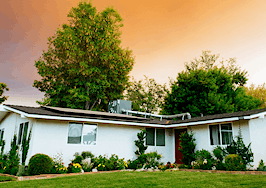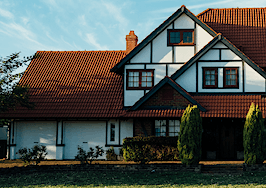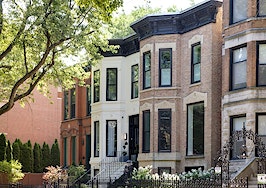Over the past year, home prices have consistently made double-digit month-over-month and year-over-year gains, exceeding the national pre-recession peak of $196,600. This has put some economists and housing experts on guard since home prices were growing at a similar rate before the recession hit in 2007.
In a report released by realtor.com in connection with the 10th anniversary of the recession, Chief Economist Danielle Hale says it’s important to remember that it was more than booming home prices that caused the economy to go bust: loose lending standards, lackluster job and household growth and an already-weakened economy all played their part as well.
“As we compare today’s market dynamics to those of a decade ago, it’s important to remember rising prices didn’t cause the housing crash,” she said. “It was rising prices stoked by subprime and low documentation mortgages, as well as people looking for short-term gains — versus today’s truer market vitality — that created the environment for the crash.”
In the decade since the recession, home prices in 31 of the nation’s 50 largest markets have rebounded, with Austin, Texas leading the way. Home prices have risen a whopping 63 percent since 2007 in the Lone Star state’s capital. Denver and Dallas rounded out the top three with 54-percent and 52-percent gains, respectively.
What’s different?
Hale says the housing market has been able to make such large strides partly because of stricter lending standards and tightened building regulations.
“Lending standards are critical to the health of the market,” she said. “Unlike today, the boom’s under-regulated lending environment allowed borrowing beyond repayable amounts and atypical mortgage products, which pushed up home prices without the backing of income and equity.”

realtor.com
In 2010, the Dodd-Frank Wall Street Reform and Consumer Protection Act was signed into law and required loan originators to provide proof that borrowers were actually able to repay the loan. As a result, the average homeowner has a FICO score of 734 — 34 points higher than in 2006.
Another difference between the 2006 market and now is inventory. Although some may wish for the rampant building rates seen in 2006, Hale says out-of-control supply without equally robust demand was part of what brought the housing market down.
In 2006, there were 1.4 single-family housing starts for every household; only one single-family housing start per household is necessary to sustain a healthy market, and 1.4 is well above that, said Hale. Over-building contributed to home prices bottoming out during the recession.
Lastly, hearty jobs, steady income growth and 17-year unemployment rate lows signal an overall stable economy, something we didn’t have in 2006. In 30 of the 50 largest U.S. metros, unemployment is less than half of 2010 levels. In 2016, there were 8 million more workers on payrolls and 10 million more households than a decade ago.
Low inventory strikes again
While over-building plagued the housing market leading up to the recession, under-building is hurting today’s market with only 0.7 single-family household starts per household formation. This has caused a 22-year historic low for the number of homes for sale (1.45 million).
Hale says the breakneck speed of home price growth won’t last forever.
“The healthy economy is creating more jobs and households, but not giving these people enough places to live. Rapid price increases will not last forever,” said Hale.
“We expect a gradual tapering as buyers are priced out of the market — not a market correction, but an easing of demand and price growth as renting or adding roommates becomes a more affordable alternative.”












